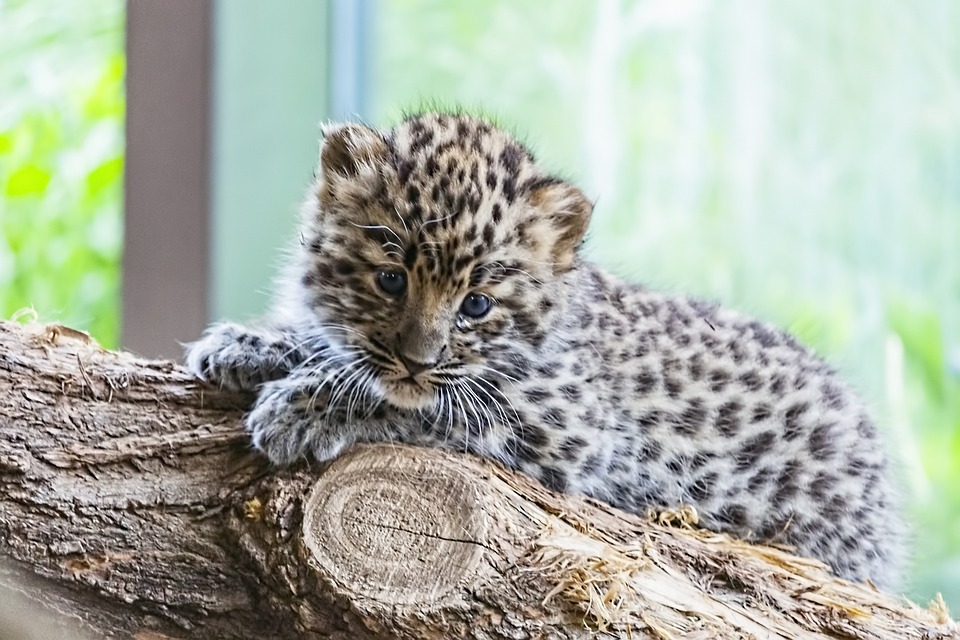Scruffing behavior in cats can be puzzling for cat owners, but it is important to understand its causes and find suitable solutions. Scruffing refers to the act of grabbing a cat by the loose skin on the back of its neck, which serves various purposes in feline communication and handling.
Scruffing is an instinctual behavior in cats that mimics the way a mother cat carries her kittens. Mother cats scruff their kittens to carry them, relocate them, or discipline them. Adult cats may also exhibit scruffing behavior towards other cats during play or dominance displays. It can be a form of communication between cats, conveying dominance, establishing boundaries, or signaling submission. Some cats may even scruff their owners as a sign of trust or affection.
There are several common causes of scruffing behavior in cats. Maternal instincts play a significant role, as mother cats scruff their kittens to move them to safety or discipline them. This behavior is more common in female cats or neutered males who retain maternal instincts. Scruffing can also be observed during rough play sessions between cats or when cats engage in hunting-like behavior with toys or objects. Scruffing can also be a display of dominance or aggression towards other cats, particularly during territorial disputes or hierarchy establishment. Additionally, cats may scruff themselves when feeling fearful or stressed, which often occurs during veterinary visits or when encountering unfamiliar situations.
It is important for cat owners to address scruffing behavior in an appropriate manner. Scruffing should only be used when absolutely necessary, such as providing emergency medical care or preventing harm. Regular scruffing can lead to fear, aggression, or a breakdown of trust between the owner and the cat. Positive reinforcement is a more effective approach, where desired behavior is encouraged through treats, praise, or play. Redirection to appropriate toys or scratching posts can also discourage aggressive scruffing. Providing environmental enrichment, such as stimulating toys, scratching posts, and vertical spaces, can minimize stress and redirect aggressive energy. Creating a safe and comfortable environment also reduces the likelihood of scruffing due to fear or stress. In cases where the scruffing behavior is severe, frequent, or causing harm, it is recommended to consult a veterinarian or animal behaviorist for professional guidance. They can assess the underlying causes and develop a tailored behavior modification plan.
To address common concerns, it is important to note that scruffing should not be used as a regular form of punishment as it can cause fear, anxiety, or aggression in cats. Positive reinforcement and redirection are more suitable methods for disciplining cats. Scruffing toys is a way for cats to simulate hunting behavior and provides mental stimulation. Some cats may scruff their owners during play as a sign of trust or affection, but it is crucial to set boundaries and redirect their behavior to avoid accidental injury.
In conclusion, understanding the reasons behind scruffing behavior in cats is essential for cat owners to ensure the well-being of their feline companions. By recognizing the causes and implementing appropriate solutions, such as positive reinforcement and environmental enrichment, owners can help their cats feel secure, reduce stress, and minimize the need for scruffing. Maintaining a loving and respectful bond with your cat is the key to fostering a healthy relationship based on trust and understanding.








